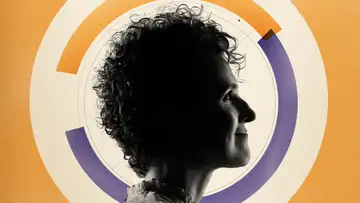Tiny Air Particles Cause Big Health RiskTop of Mind with Julie Rose • Season 1, Episode 962, Segment 2
Dec 11, 2018 • 15m
Guest: Douglas Brugge, Professor of Public Health, Tufts University School of Medicine
A committee of the Environmental Protection Agency is meeting this week to review its rules for a type of air pollution that causes more deaths in the US every year than gun violence and car crashes combined. It’s called particulate matter, and scientists have known for decades that it’s dangerous. But the question has always been just how much is too much? And the answer is complicated by the fact that much of the worrisome pollution is microscopic.